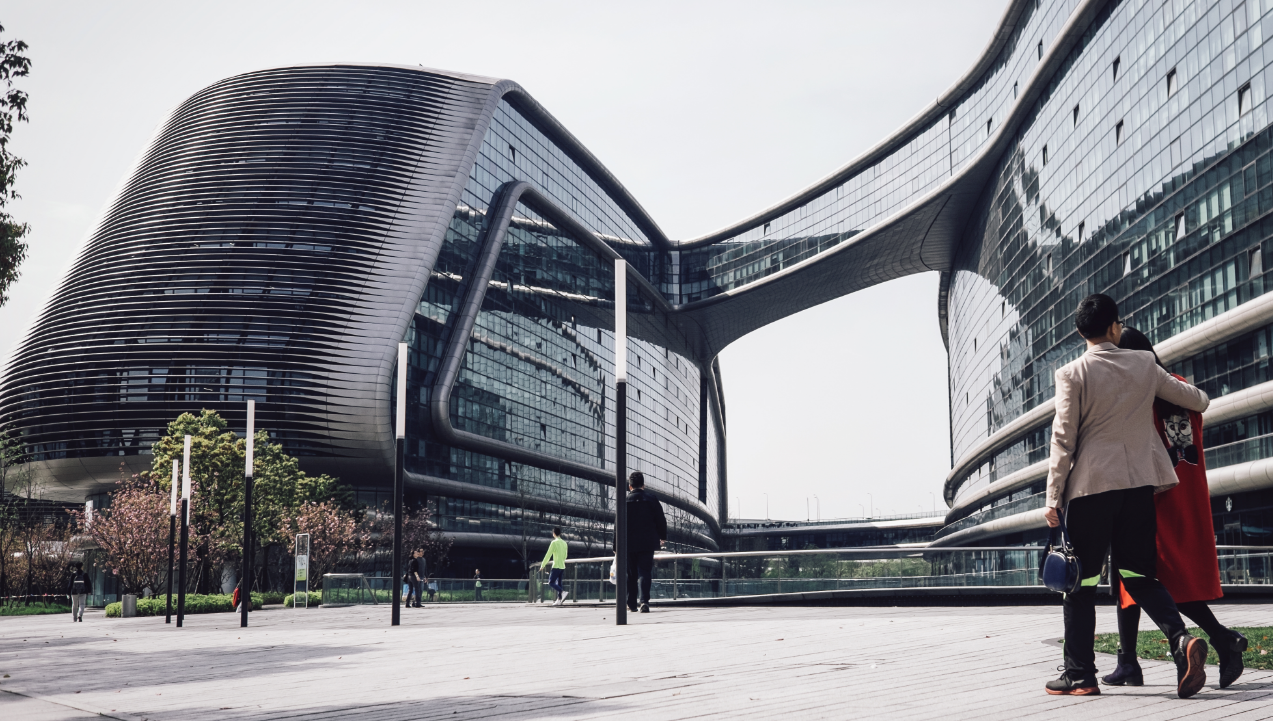Design Begins with the End User
- Monday, 15 August 2016

Anthropology has long been used by renowned firms like IDEO in order to design products, and edifications that fit the end user's behavior like a glove. Are you using anthropology as a tool to design your construction projects? If not, then this is a quick guide on how anthropology can make a huge difference in your next project.
Anthropology has also been dubbed "the science of observation". It has been used by internationally renowned firms such as IDEO, and by efficient designers and architects from around the world. In this day and age, one cannot hope to build a cookie cutter commercial or residential property without thinking how the end user will find it useful and valuable. Fail to recognize the users' needs, and the expected Return on Investment will suffer. Keep these guidelines in mind when using anthropology as a reference point for your next construction project design:
Ease of use
In his book "Ten Faces of Innovation", John Littman illustrates a case of poor design due to lack of user observation. He talks about a time when he arrived to Paris International Airport Charles de Gaulle. Littman took the train from the airport to the city center, not without witnessing how a great deal of passengers were having trouble getting their bags past the train station entrance. These rotating tubes were thought to allow through one person at a time; designers didn't think about their luggage. So, Littman stood there watching how people had to throw over their luggage or take turns with their companions to try to get their suitcases to the other side. In the end, everyone seemed to be in a foul mood just trying to get out of the airport and into the city. Of course, this issue was later resolved.
This example may seem absurd and too simple, but what if something similar happens in your newly built building or residential project? People need to easily use their surroundings, that's what adds extra value to your property or design.
New technologies
New gadgets are constantly making it into the mainstream market. Of course, not every new gadget means a revolution, but those special pieces that do make it into the masses have an impact on your construction project. For example, the majority of smartphones today can be charged through a USB or power outlet. We have seen how numerous electric installations or accessories for buildings now include a USB port so that users can connect their devices directly to the wall power source without having a power jack.
The devil is in the details
Just like the previous example, details such as a wall USB connector, storage spaces and distribution make a world of difference. For example, if you are designing an apartment building in the middle of the city, perhaps your most interested customers would be single professionals, or DINKs (Double Income, No Kids). They would need a pragmatic living space, they do not need as much room as a small family in the suburbs. Therefore, you want to have as many units as possible in this building, without sacrific¡ng utility or too much space. So, anthropology becomes your best tool to accomplish your objective.
- What do these people value most?
- What do they use?
- Are they spending a lot of time in the apartment?
A similar case is illustrated in the following video.
"There was all this potential but it was being held back by the architecture" from Dezeen on Vimeo.
Understanding future and emerging trends
If you have a comprehensive understanding of current and future trends, then you are one step ahead of the game. As a many an architect will tell you, an edification is not meant to last one or two years, but to be around and make a statement for years to come. In order to achieve this, not only is it necessary to include the best quality in your construction materials and procedures, but also, the best forward thinking design possible, so that the edification may endure time.
